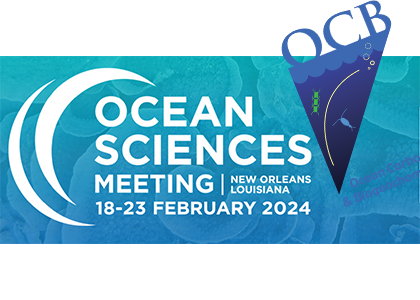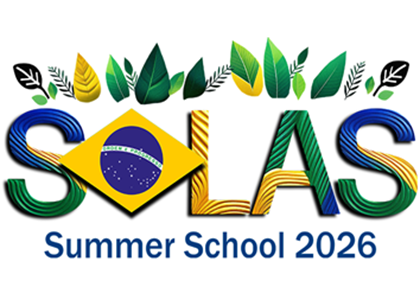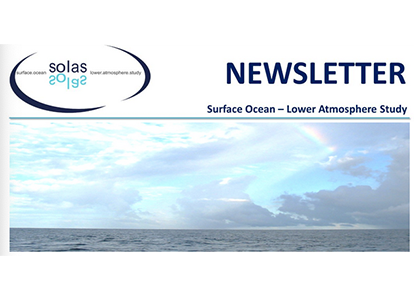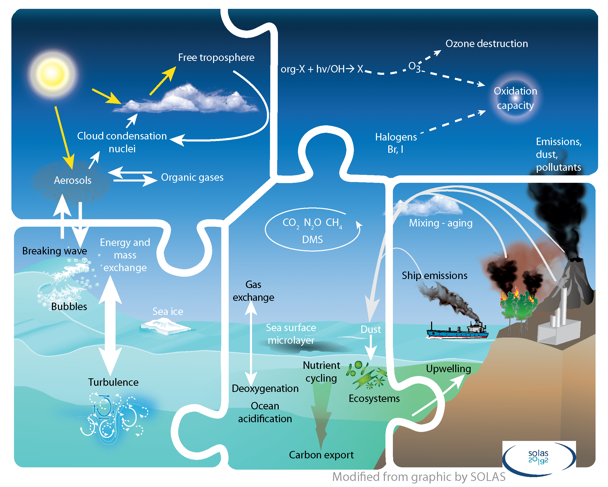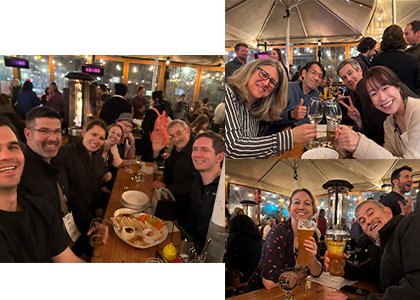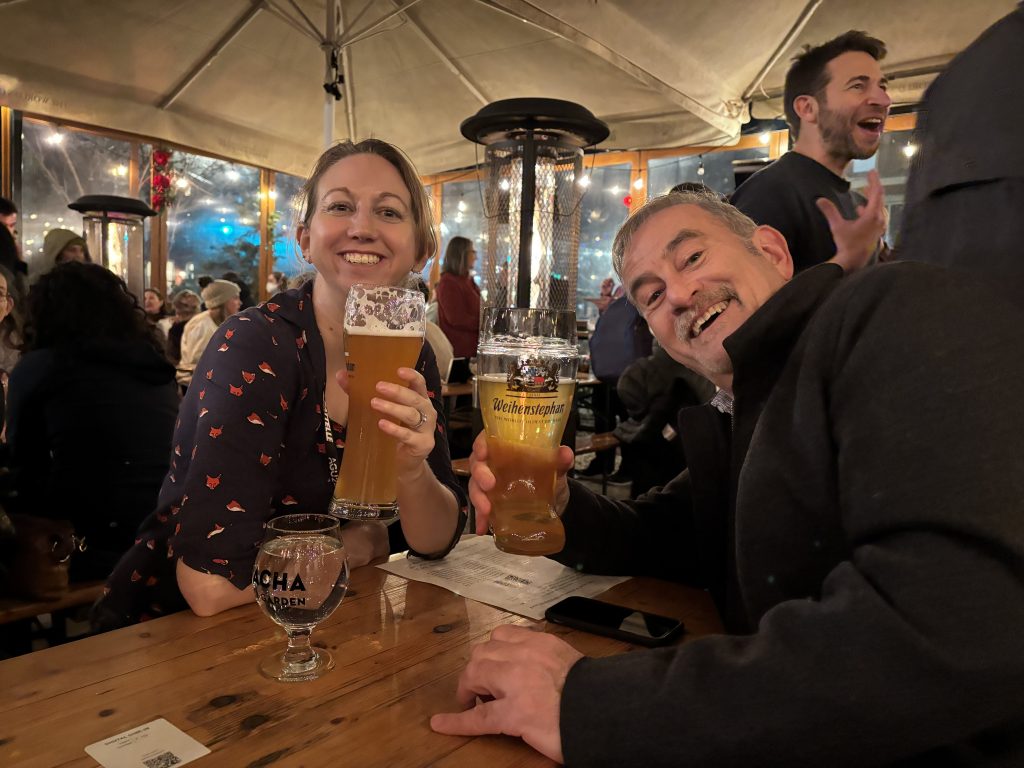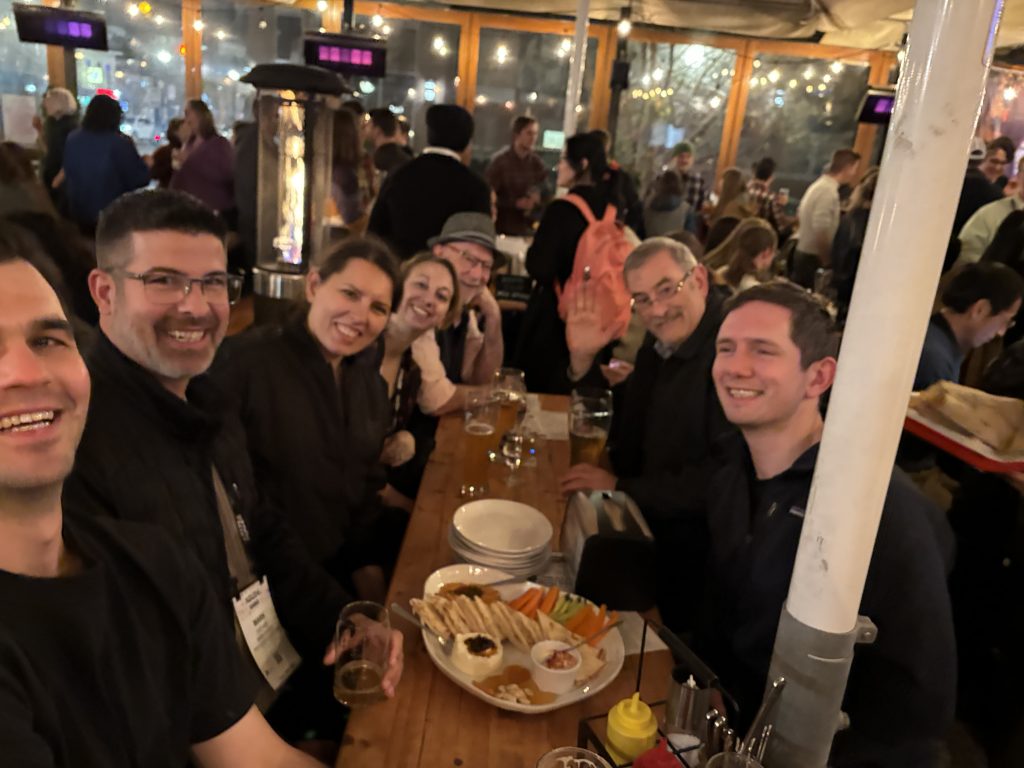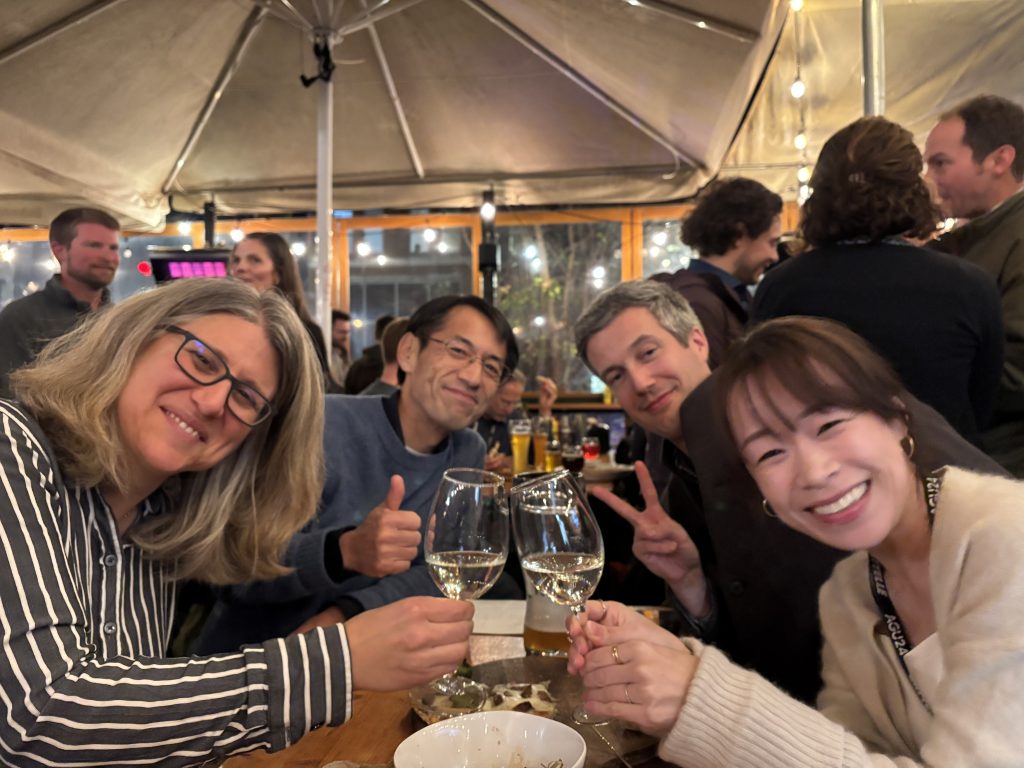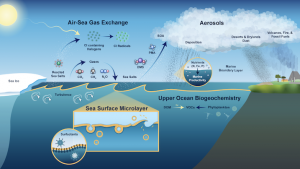SOLAS session: AI005 – SOLAS and SOCOM: Understanding Interactions and Feedbacks between the Ocean and Atmosphere (Chairs: Rachel Stanley, William L Miller, Christa A Marandino, Amanda R Fay, and Thea Hatlen Heimdal) SOLAS town hall
Find many more SOLAS-relevant sessions below and on our our sessions list:
- AI001 – Advances in Air-Sea Interaction Observations and Remote Sensing: Autonomous Platforms, Multiscale Processes, and Cross-Disciplinary Linkages
- AI002 – Aerosol Deposition in the Ocean: Sources, Drivers and Biogeochemical Effects
- AI003 – Observations and Modeling of Physical Processes at and near the Air-sea Interface
- AI004 – Polar Air-sea Interactions in a Warming Climate
- AI006 – The Influence of Marine Biota on Air-sea Exchange Processes
- AI007 – Tropical Cyclone-Ocean Interactions: From Weather to Climate
- CM001 – Air-Sea Flux as the Limiting Step in Verifying Marine Blue Carbon
- CM003 – Biogeochemical and Ecological Insights for Evaluation of Marine Carbon Dioxide Removal (mCDR)
- CM005 – Interdisciplinary Approaches and Scalable Pathways for Marine Carbon Dioxide Removal: Integrating Science, Society, and Implementation
- CM006 – Modeling Approaches for Marine Carbon Dioxide Removal (mCDR)
- CC004 – Circulation, Biogeochemistry, and Coupled Processes in the Indian Ocean: Variability and Vulnerability to Anthropogenic Change
- CC015 – Marine Heatwave Drivers and Compound Events in a Changing Climate
- CC019 – Ocean Uptake, Transport, and Storage of Heat and Carbon
- HE014 – The Southern Ocean Carbon Sink: Processes, Observations, and Change

